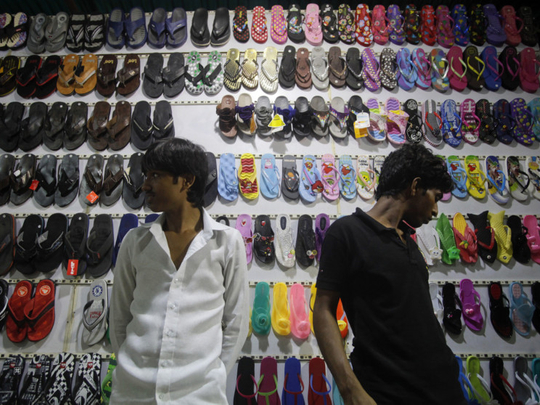
June 20 was the day when many things changed for existing and prospective foreign investors in India. The government amended foreign direct investment (FDI) regulations in key sectors such as food production and trade, aviation and airports (now allowing foreign investors to own up to 100 per cent, up from 49 per cent), pharmaceuticals (74-100 per cent) and defence (100 per cent). The changes were long awaited and emphasise the Narendra Modi regime’s focus on developing more business-friendly policies as the country looks to spur job creation and maintain economic momentum. It aims to cut red tape and other obstacles that until now held back a number of foreign companies from entering the subcontinent and tapping its business potential.
Credit ratings agency Moody’s immediately lauded India’s move.
“Relaxation of foreign investment rules by the union government is credit positive,” Moody’s said. “This is because it demonstrates a continuation of reform momentum and paves the way for private investment and a boost in productivity.”
The new regulations also include a relaxation for foreign single-brand retailers — including permissions for 24-hour stores — and brands such as Ikea, H&M, Aéropostale and Gap are planning to enter the country.
More malls needed
Reuters reports consumer spending is set to grow to $3.6 trillion (Dh13.2 trillion) by 2020. However, the news agency highlights a lack of high-quality malls to house incoming brands as a major challenge. That said, private equity firms are stepping up to fill this void.
JLL says investors have spent $397 million on just two deals to buy malls in India in 2016, compared with negligible investment in recent years.
Ikea, though active in the country for the past 28 years, still hasn’t opened any of its iconic stores in India due to local sourcing regulations that had made it difficult for foreign single-brand companies to establish retail operations there. Under the previous rules, any foreign investment beyond 51 per cent in single-brand retail required that 30 per cent of the value of goods had to be sourced from India, preferably from micro, small and medium enterprises, village and cottage industries, or artisans and craftsmen. Under the new rules, local sourcing provisions are being relaxed by up to three years, and even five years for companies wanting to open single-brand retail stores in case those companies have state-of-the-art and cutting-edge technology.
Ikea, which says it has a sourcing volume of around €315 million (about Dh1.3 billion) a year in India, will now open its first store in Hyderabad, followed by Bengaluru, Mumbai and New Delhi. “Each store will employ up to 600 workers and indirectly provide job opportunities for 1,500 people,” says Anna Carin Mansson, Ikea’s country human resource manager in India.
Altogether, she says Ikea plans to open 25 stores in the country by 2025, directly employing 15,000 people and more in the extended supply chain.
Retailers reap benefits
Apple had previously applied to open its own stores in India, but was rebuffed on the grounds of insufficient local sourcing. The company currently sells its products, mainly manufactured in China, through franchise retailers in India. But CEO Tim Cook used his May visit to the country to lobby for a change in the regulations, and the tech giant is expected to apply again.
Pharma companies will also benefit from new rules. With most major multinationals present in India — including Pfizer, Merck, GlaxoSmithKline, Johnson & Johnson, Novartis, Sanofi Aventis and Eli Lilly — they can now invest in their own production plants and manufacturing operations. The potential is huge, with market revenues totalling about $30 billion annually.
For Middle Eastern investors — the UAE is the largest foreign direct investor in India from the region — the new regulations are probably less beneficial as they do not cover exactly the sectors in which the two countries are focusing on in bilateral trade relations, namely oil and gas, infrastructure and energy, gems and precious metals, machinery, iron, textiles and electronics. However, investment in the food sector is expected to grow. Overall, the value of UAE investments in India stands at $3 billion.
In total, net FDI inflows to India increased over the past two years to a record high of $40 billion in the fiscal year ending March 2016, compared to an average $24.2 billion during the preceding three fiscal years, according to Moody’s. With the new regulations, inflows are forecast to grow substantially in the short and medium term.
“We expect foreign direct investment to cross $60 billion in 2016,” said Nagesh Kumar, Head of the South and South-west Asia Office at the United Nations Economic and Social Commission for Asia and the Pacific, in a recent report.
The top ten sources for FDI in India were Singapore, Mauritius, the US, the Netherlands, Japan, Germany, the UK, China, Hong Kong and the UAE, Kumar said. He added that, in the recent past, there was a sizeable jump in Indian greenfield investment in manufacturing, especially in electrical and electronic equipment, metal products and motor vehicles. The new regulations are expected to extend this focus to the sectors with relaxed rules.



